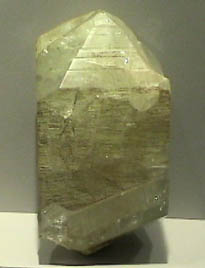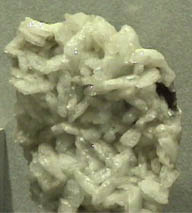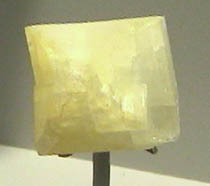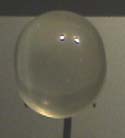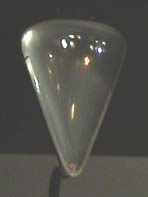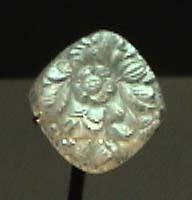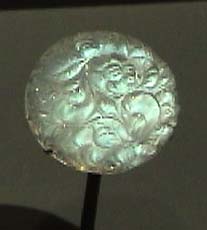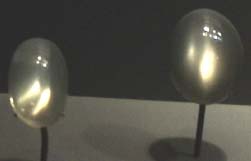Orthoclase

Orthoclase |
Orthoclase (KAlSi3O8) is one of the forms of feldspar. It is an aluminum-containing silicate which forms with no cleavage planes. This feldspar is distinguished from the plagioclase form by its content of potassium .
|
The feldspars are the most abundant minerals on the earth. Polycrystalline orthoclase is usually light cream to salmon pink in color, although color is not a reliable indicator of mineral type.
Orthoclase can form in single crystals like that shown at right, although the polycrystalline form above is the common occurrence. This crystal sample is about 5x3 cm and the gem is 61 carats. The sample is from Madagascar. |
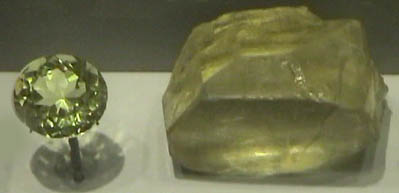
|
The orthoclase sample at left is about 3x8 cm and is from Rhone Glacier, Aar Massif, Switzerland. The sample at right is about 5x10 cm and is from St. Gotthare, Ticino, Switzerland. That sample is labeled as variety adulara with quartz and chlorite.
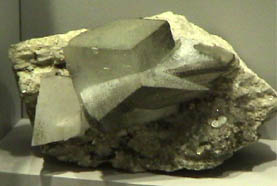 |
The orthoclase sample above left is a single crystal about 2x2 cm from Binnatal, Valais, Switzerland. The sample above right is about 5x3 cm and is from Baveno, Italy. At left is a sample about 7x5 cm from Rhone Glacier, Aar Massif, Switzerland.
|
| These orthoclase gems are 249.5 and 126.4 carats and are from Madagascar. |

|
These gems are of the variety of orthoclase known as moonstone. The gem above left is 119 carats and above center 45.5 carats from Sri Lanka. The gem above right is 4.8 carats from Burma. The carved gems below are 24.4 and 50.8 carats from Sri Lanka.
Below are moonstone gems from Austria. The gem below right is 14.8 carats and is from Floiten Tal, Tirol, Austria.
|
Index |



